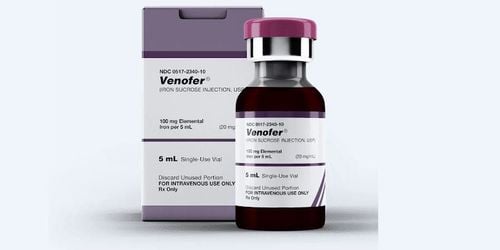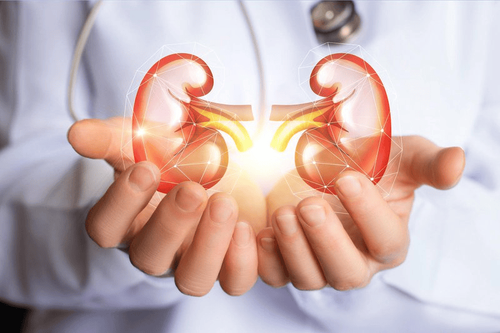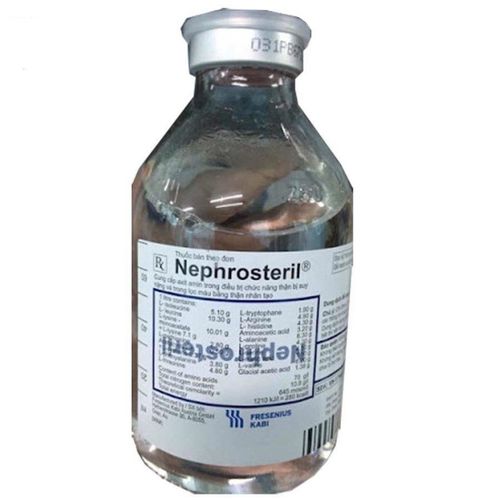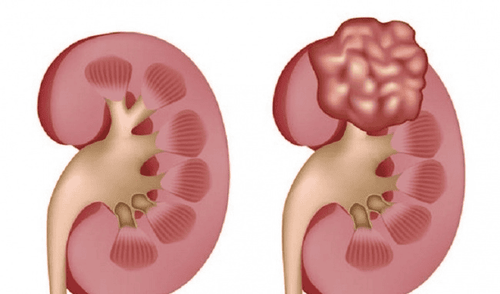This is an automatically translated article.
Progressive idiopathic polycystic kidney disease (ADPKD) can turn chronic and pass through 5 stages of the disease. Patients with chronic ADPKD need to grasp the symptoms of the disease stages to take measures to prevent the disease from progressing.
1. What is idiopathic polycystic kidney?
Spontaneous polycystic kidney, also known as congenital polycystic kidney, signs and symptoms usually appear soon after birth. Sometimes, symptoms don't appear until later in childhood or during adolescence. Both parents must have the abnormal gene to transmit this disease. If both parents carry the gene for this disorder, each child has a 25% chance of developing the disease.
2. How are the stages of idiopathic polycystic kidney disease (ADPKD) classified?
Idiopathic polycystic kidney disease (ADPKD) occurs due to genetic disorders that cause fluid-filled cysts in the kidneys. If idiopathic polycystic kidney disease progresses, this means that the kidneys continue to decline in function over time. In fact, as ADPKD gets worse, it often leads to a chronic condition, with gradual loss of kidney function.
Staging of idiopathic polycystic kidney disease is done based on a test called estimated glomerular filtration rate, or eGFR. The test measures the kidneys' ability to filter waste and extra fluid from the blood. The eGFR is estimated based on the concentration of a waste product called creatinine in the blood.
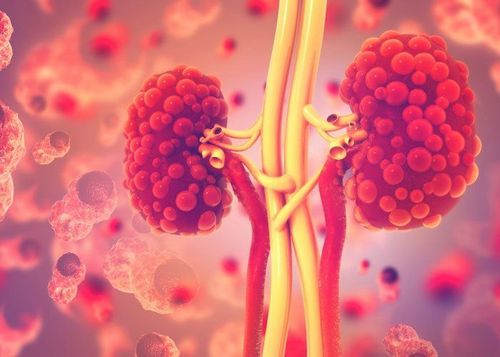
Bệnh thận đa nang tự phát (ADPKD) xảy ra do các rối loạn di truyền
3. How does idiopathic polycystic kidney disease (ADPKD) progress?
3.1 Stage 1: Estimated glomerular filtration rate (eGFR) of 90 or higher If the estimated glomerular filtration rate (eGFR) is 90 or higher, it means that the kidneys are functioning at 90% or well than. Blood tests may show high levels of creatinine. You may also experience some of the symptoms that occur with any kidney disease such as:
Blood in the urine Urinary tract infection Kidney stones Aneurysms of the brain. 3.2 Stage 2: Estimated glomerular filtration rate (eGFR) between 60 and 89 In stage 2, the kidneys are still considered healthy and functioning well. However, you may notice health changes that are considered early signs of the disease, some of which can also occur in stage 1. These include:
High blood pressure Feelings feeling of heaviness or fullness in the abdomen Back pain Abdominal pain. For early idiopathic polycystic kidney disease, the disease progresses silently and is rarely detected until complications such as hypertension, renal failure with more severe and obvious symptoms appear. Therefore, for families with genetic factors, it is necessary to go to the doctor and screen for timely disease.

Nam giới có thể làm tăng nguy cơ suy thận khi mắc bệnh thận đa nang tự phát
3.3 Stage 3: Estimated glomerular filtration rate (eGFR) between 30 and 59 When it gets to stage 3, the kidneys are no longer working as well. Symptoms of the disease may not appear to some people, while causing certain damage to others such as:
Swelling in hands and feet Back pain Urinating more or less than usual When With larger kidney cysts and a lower eGFR, you may experience more pain and bloating. Pain is also more likely to trigger depression, which is common in people with idiopathic polycystic kidney disease. Therefore, if there are any unusual changes in mood, you should promptly notify your doctor for timely mental health care.
3.4 Stage 4: Estimated glomerular filtration rate (eGFR) between 15 and 29 Stage 4 is considered the end stage of the disease. Problems with swelling, pain, and increased urination begin to appear in stage 3 and become more apparent in stage 4. Other problems such as anemia (low red blood cell count) and bone disease may occur. Acquired when waste products accumulate in the blood without being filtered out.
This is a good time to talk to your doctor, prepare for kidney failure treatment. Dialysis is one of the most commonly used measures in helping the kidneys perform their blood-cleansing function. You should also consult with your doctor about a kidney transplant, whether it's appropriate, and how to proceed.
3.5 Stage 5: Estimated glomerular filtration rate (eGFR) less than 15 By entering stage 5, the kidneys are about to or have completely lost their function. This stage is rare in people younger than 40 with idiopathic polycystic kidney disease (ADPKD). At the age of 70 to 75 years, the chance of kidney failure due to ADPKD can be as high as 50%-75%. Age at kidney failure depends on genetics and family history. Stage 5 symptoms include:
Weakness or drowsiness Headache Confusion Nausea, vomiting or decreased appetite Itching Muscle cramps Loss of breath Skin color turning gray or yellow Certain factors increase the risk kidney failure with idiopathic polycystic kidney disease includes: Enlarged kidneys Male gender Having a gene mutation High blood pressure, especially before age 35. Health changes in idiopathic polycystic kidney disease will be continuously monitored by your doctor. It is important that you report all symptoms and health concerns, especially in the later stages of ADPKD. This gives both you and your doctor plenty of time to plan dialysis or start a kidney transplant.

Các thay đổi sức khỏe trong bệnh thận đa nang tự phát sẽ được bác sĩ theo dõi liên tục
Vinmec International General Hospital is one of the hospitals that not only ensures professional quality with a team of doctors, modern equipment and technology, but also stands out for its examination, consulting and service services. comprehensive and professional medical treatment; civilized, polite, safe and sterile medical examination and treatment space.
For detailed information, please contact the hospitals and clinics of Vinmec health system nationwide.
Please dial HOTLINE for more information or register for an appointment HERE. Download MyVinmec app to make appointments faster and to manage your bookings easily.
Reference source: webmd.comSEE MORE
Common complications of polycystic kidney Polycystic kidney disease is genetic? Differentiate between polycystic kidney and cystic kidney




